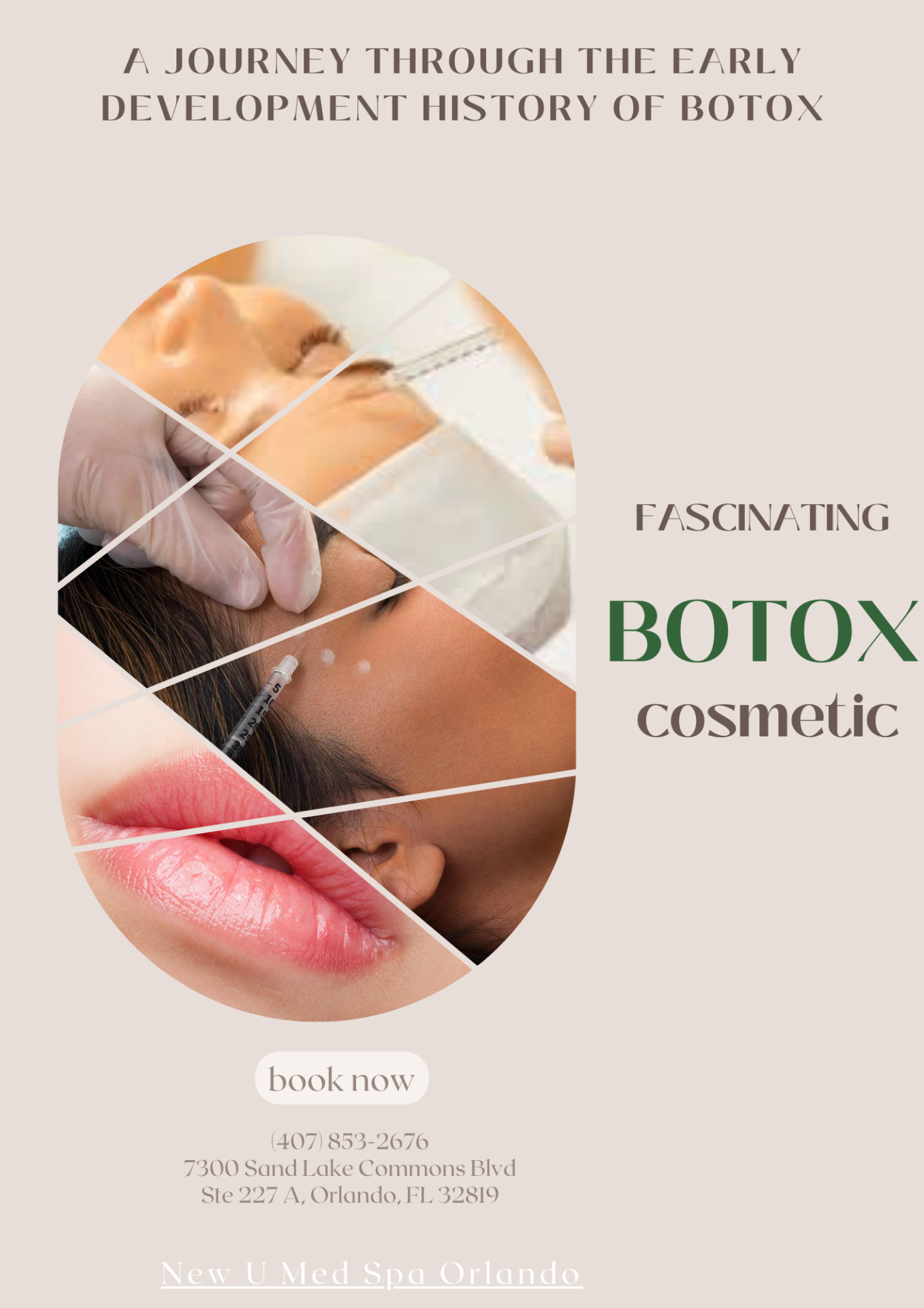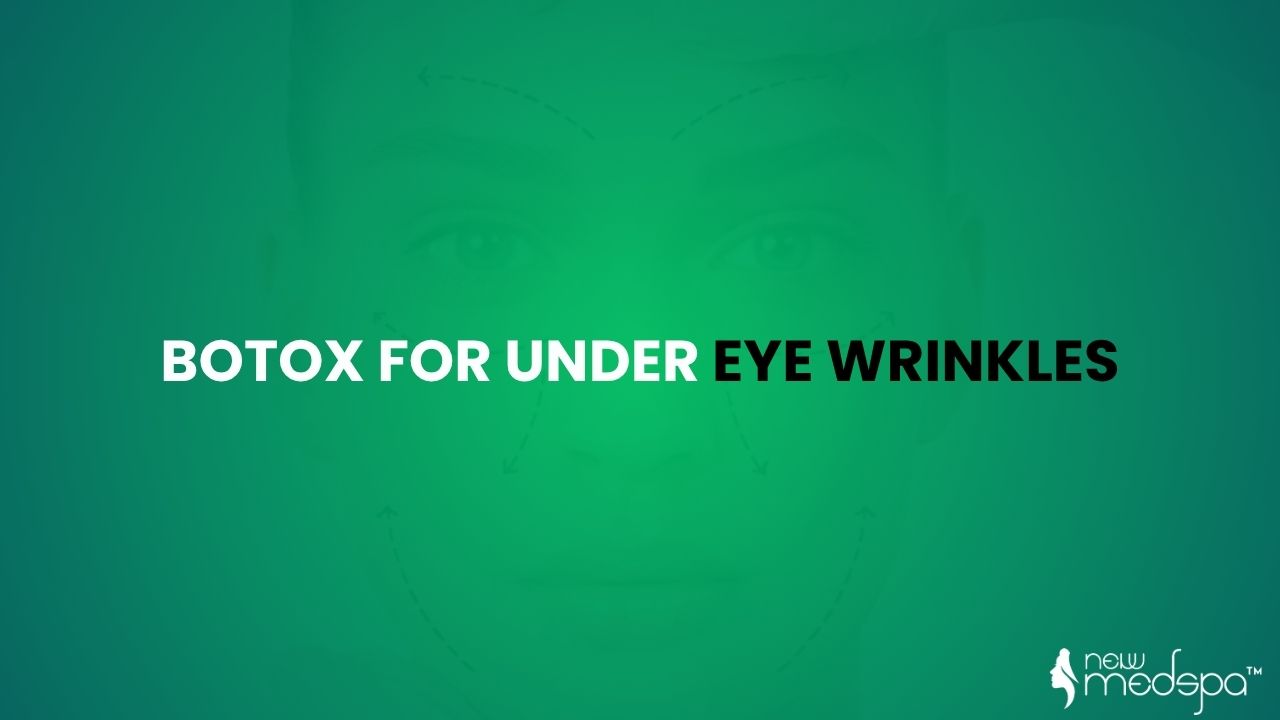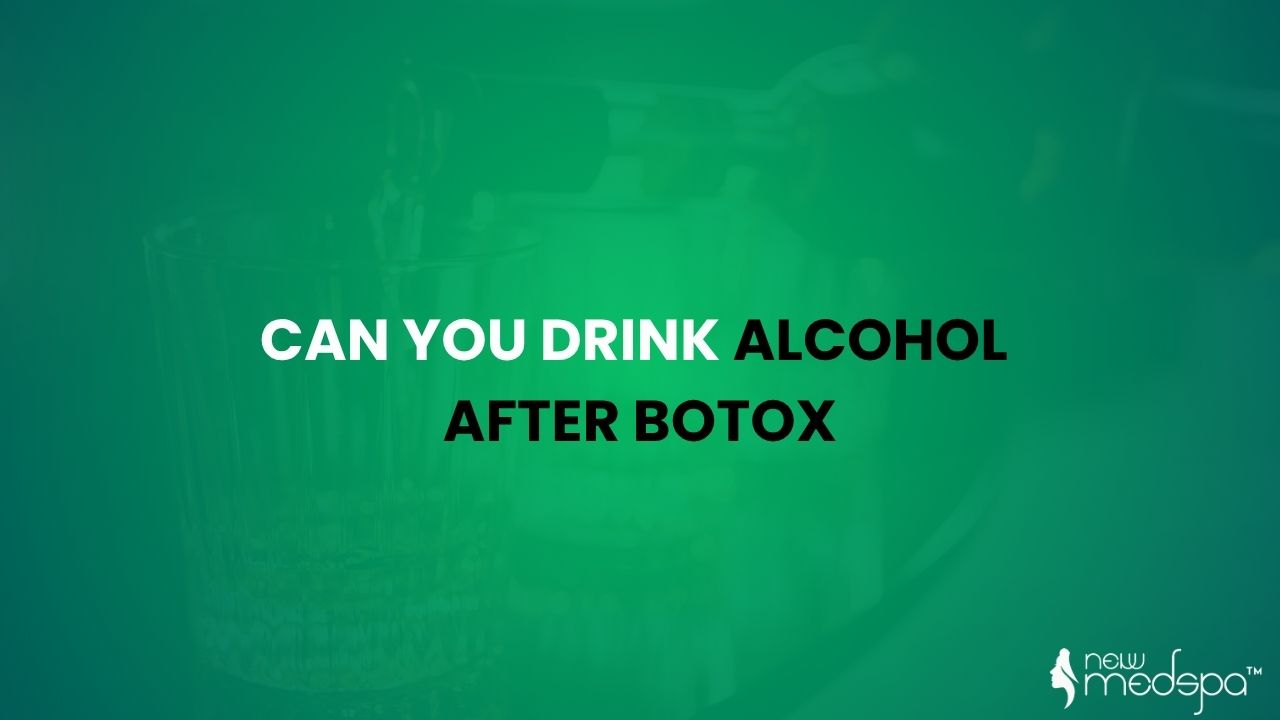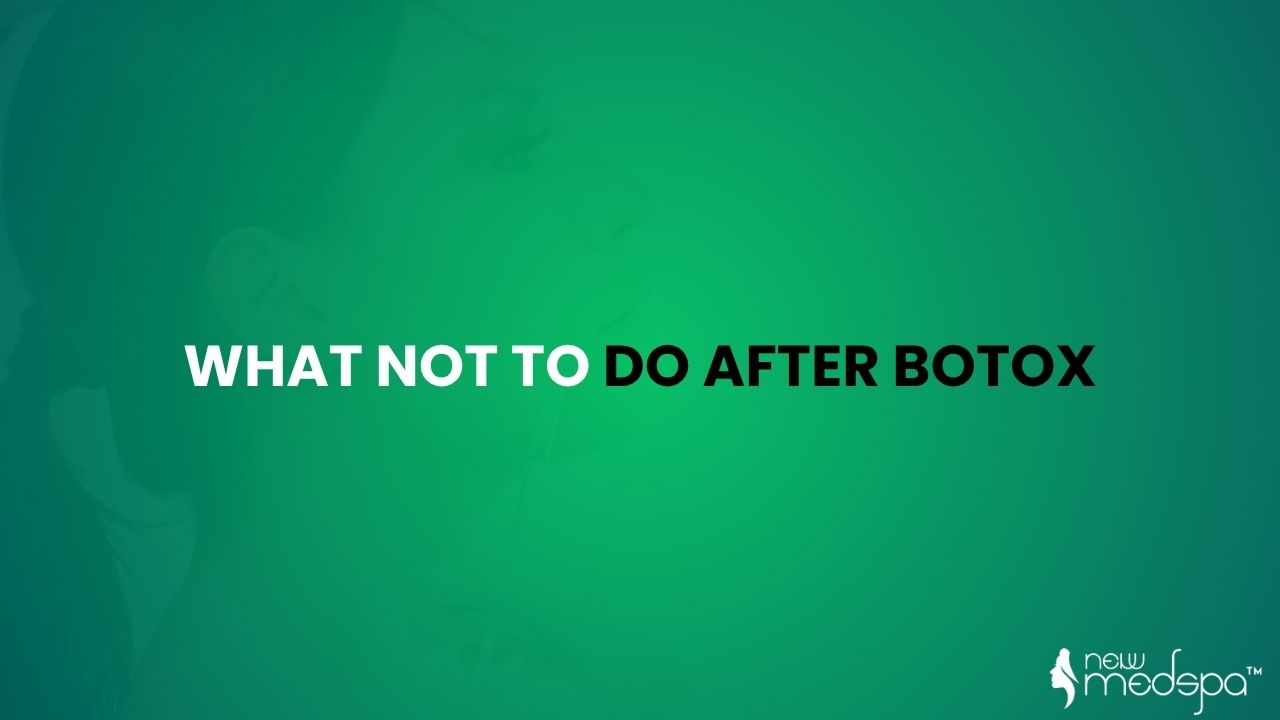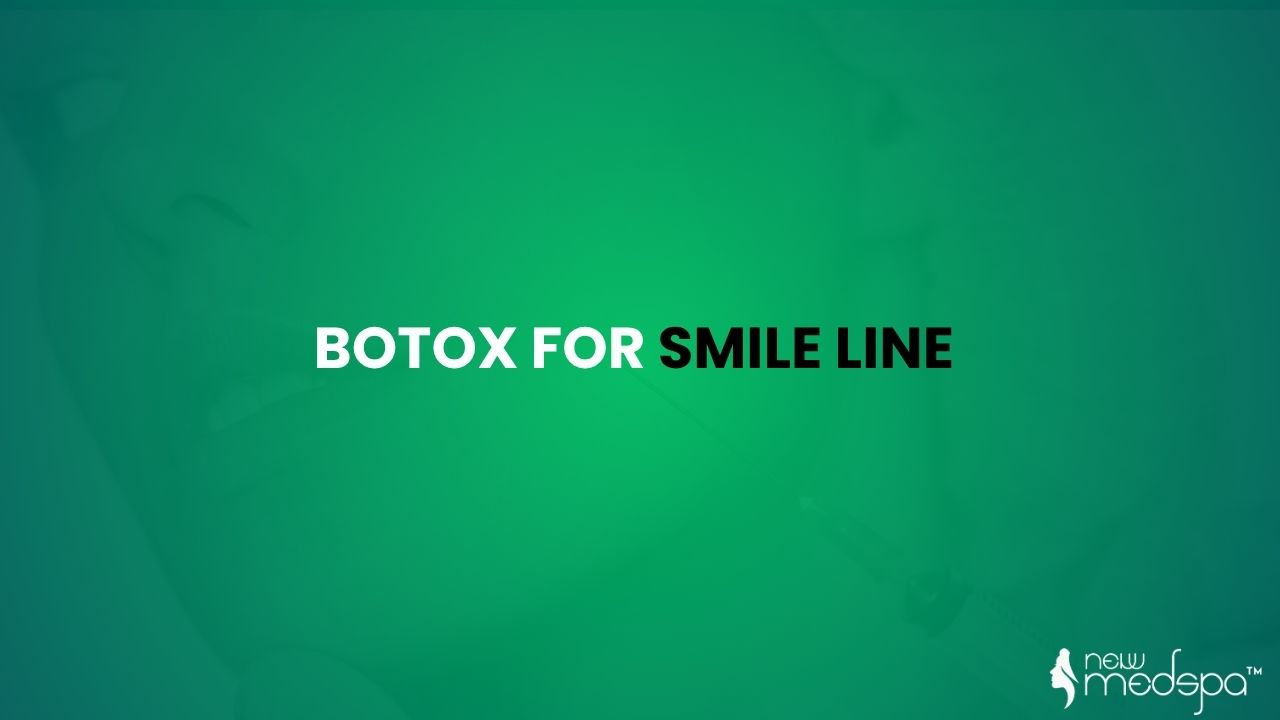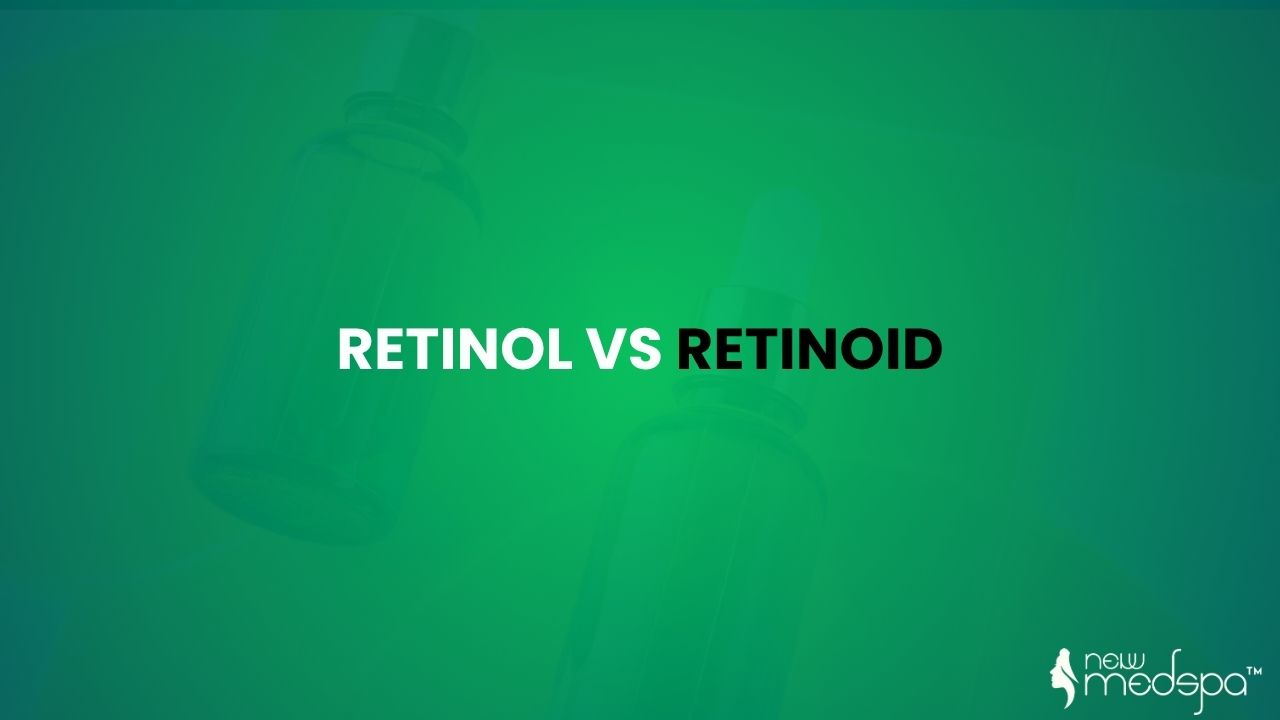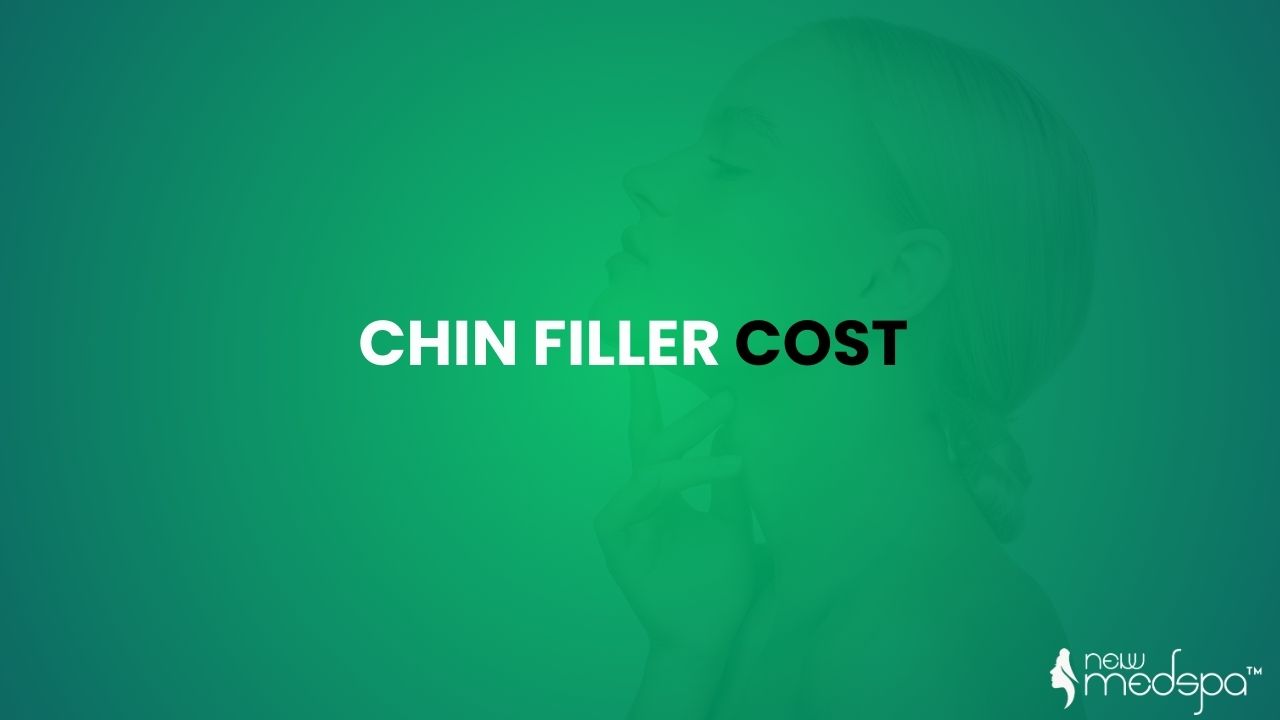Welcome to the Fascinating World of Botox
Welcome to the fascinating world of Botox, where science meets beauty in a remarkable fusion. Botox Orlando, derived from the bacterium Clostridium botulinum, has revolutionized cosmetic procedures with its ability to temporarily smooth wrinkles and fine lines. Beyond its aesthetic applications, Botox Near Me also offers therapeutic benefits, treating various medical conditions such as muscle spasms, migraines, and excessive sweating. Its precise injections and minimal downtime make it a popular choice among those seeking subtle yet impactful enhancements. Explore the possibilities of Botox Orlando and unlock a newfound confidence in your appearance. Join the millions who have embraced this innovative solution and step into a world of timeless beauty and rejuvenation.
Understanding the Significance of Botox in Modern Medicine
In contemporary medicine, Botox has emerged as a revolutionary treatment, transcending its initial cosmetic applications to become a cornerstone in various medical fields. Beyond its renowned role in cosmetic enhancements, Botox Near Me has showcased remarkable efficacy in treating a spectrum of medical conditions, from neurological disorders like migraines and spasticity to managing excessive sweating and even bladder dysfunction. Its ability to selectively target muscle activity has opened avenues for pain management and rehabilitation therapies. Moreover, ongoing research continues to unveil new potential applications, reinforcing Botox Near Me ‘s pivotal position in modern medical practice and emphasizing its profound impact on patient care and quality of life.
A Brief Overview Of Botox
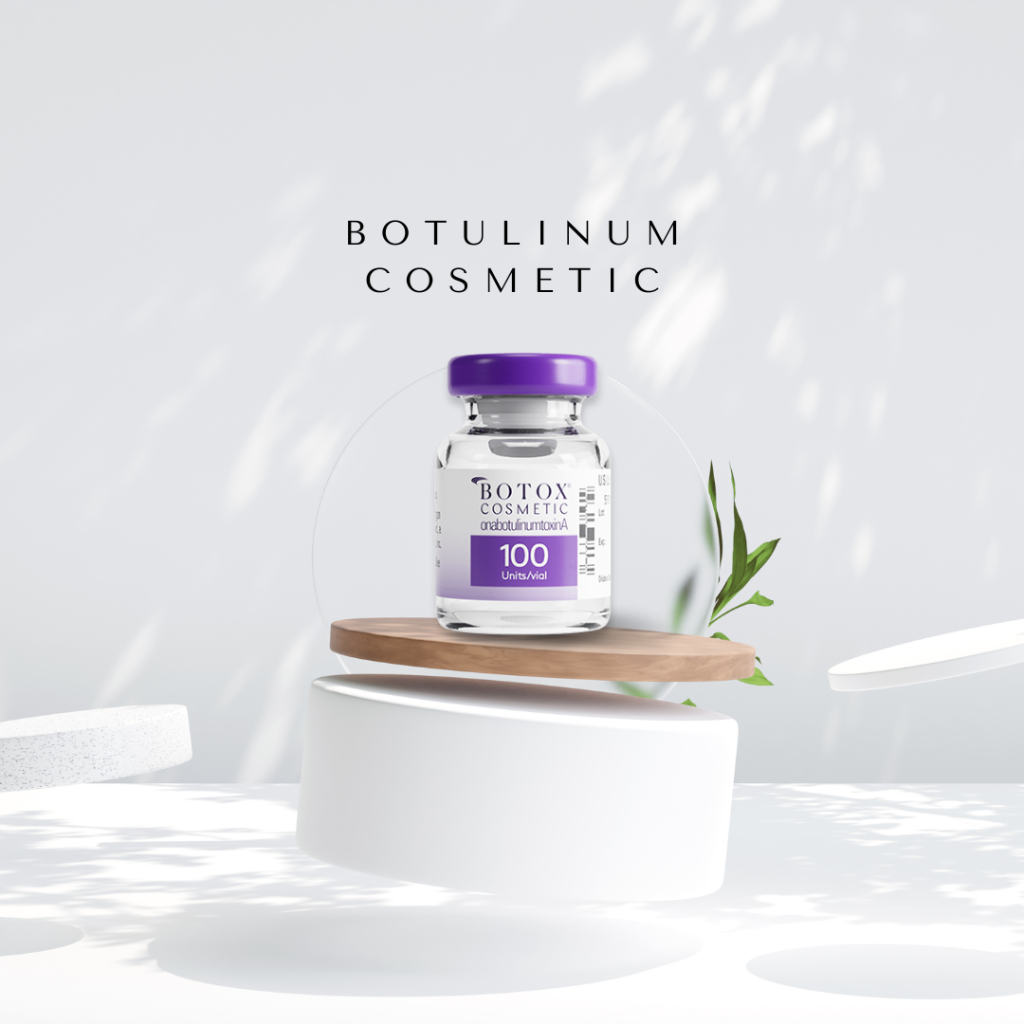
Tracing Back to Ancient Times: Early Uses of Botulinum Toxin
Tracing back to ancient times unveils intriguing insights into the early uses of botulinum toxin. Millennia ago, ancient civilizations experimented with various substances, unknowingly laying the groundwork for modern discoveries. In regions like Asia and the Mediterranean, historical records suggest primitive attempts at utilizing botulinum toxin for medicinal and cosmetic purposes. From folk remedies to mystical potions, the toxin’s potential was recognized, albeit in rudimentary forms. While lacking the sophistication of contemporary science, these early applications demonstrate humanity’s enduring fascination with unlocking nature’s secrets. Today, the journey of botulinum toxin from ancient experimentation to clinical application underscores the timeless quest for innovation and understanding in medicine.
The Discovery of Botulinum Toxin: Pioneering Research and Breakthroughs
The discovery of Botulinum Toxin stands as a testament to pioneering research and groundbreaking breakthroughs in the field of medicine. Originating from the meticulous efforts of scientists, this toxin, derived from the bacterium Clostridium botulinum, revolutionized various medical practices. Its initial identification, dating back to the 19th century, marked the beginning of a journey towards understanding its potent effects and therapeutic applications. Over the years, relentless exploration and experimentation have unveiled its remarkable potential in treating numerous medical conditions, ranging from muscle spasms to chronic migraines. The ongoing advancements in research continue to unravel new dimensions of its utility, shaping the landscape of modern medicine.
Key Figures in Botox Orlando Development
· Dr. Alan B. Scott: The Visionary Behind the Medical Applications of Botulinum Toxin
Dr. Alan B. Scott stands as the pioneering figure in unveiling the vast medical potential of Botulinum Toxin. His groundbreaking work has revolutionized various fields of medicine, from ophthalmology to neurology, opening new vistas for therapeutic interventions. With meticulous research and unwavering dedication, Dr. Scott unlocked the transformative properties of this potent neurotoxin, transcending its initial identity as a mere agent of paralysis. Through his visionary insight, Botulinum Toxin emerged as a cornerstone in the treatment of numerous conditions, including strabismus, spasticity, and even aesthetic enhancements. Dr. Scott’s legacy resonates profoundly, shaping modern medical practice and fostering a deeper understanding of neuropharmacology’s therapeutic potential.
· Dr. Edward J. Schantz: Unraveling the Mysteries of Botulinum Toxin
Dr. Edward J. Schantz, a pioneering figure in the realm of toxinology, has dedicated his career to deciphering the intricate workings of botulinum toxin. Through decades of meticulous research and groundbreaking discoveries, Dr. Schantz has unraveled the mysteries surrounding this potent neurotoxin. His contributions have not only expanded our understanding of botulinum toxin’s mechanisms of action but have also paved the way for its diverse medical applications, from cosmetic procedures to therapeutic treatments for various neurological disorders. Dr. Schantz’s expertise and unwavering commitment to scientific inquiry continue to inspire advancements in toxinology, promising new insights into the complexities of this fascinating toxin.
Evolution of Botulinum Toxin
· Botulinum Toxin as a Deadly Neurotoxin: Understanding Its Lethal Potential
Botulinum toxin, a potent neurotoxin, is produced by Clostridium botulinum bacteria. Its lethal potential arises from its ability to inhibit the release of acetylcholine, a neurotransmitter essential for muscle contractions. Upon ingestion, inhalation, or injection, botulinum toxin can cause botulism, a severe illness characterized by paralysis and potentially fatal respiratory failure. The toxin’s mechanism involves blocking the release of neurotransmitters at neuromuscular junctions, leading to flaccid paralysis. Understanding its lethal potential is crucial for developing effective treatments and preventive measures against botulism poisoning. Botulinum toxin is categorized into seven serotypes, each with varying potency and clinical manifestations.
· Transformative Discoveries: Harnessing Botulinum Toxin for Therapeutic Purposes
Botulinum Toxin as a Deadly Neurotoxin: Understanding Its Lethal Potential Botulinum toxin, a potent neurotoxin, is produced by Clostridium botulinum bacteria. Its lethal potential arises from its ability to inhibit the release of acetylcholine, a neurotransmitter essential for muscle contractions. Upon ingestion, inhalation, or injection, botulinum toxin can cause botulism, a severe illness characterized by paralysis and potentially fatal respiratory failure. The toxin’s mechanism involves blocking the release of neurotransmitters at neuromuscular junctions, leading to flaccid paralysis. Understanding its lethal potential is crucial for developing effective treatments and preventive measures against botulism poisoning. Botulinum toxin is categorized into seven serotypes, each with varying potency and clinical manifestations. Transformative Discoveries: Harnessing Botulinum Toxin for Therapeutic Purposes Despite its deadly nature, botulinum toxin has been harnessed for therapeutic purposes, revolutionizing various medical fields. Its ability to temporarily paralyze muscles has found applications in treating several medical conditions, including muscle spasms, cervical dystonia, chronic migraine, and hyperhidrosis. By selectively targeting overactive muscles, botulinum toxin injections provide symptomatic relief and improve patients’ quality of life. Furthermore, its cosmetic applications, such as reducing facial wrinkles, have gained widespread popularity. The transformative discoveries surrounding botulinum toxin have paved the way for innovative treatments and opened new avenues for research in neurology, ophthalmology, dermatology, and beyond.
Landmark Moments in Botox Development
· The First Clinical Trial: Demonstrating the Efficacy of Botox in Ophthalmology
In the pioneering phase of Botox’s journey, the inaugural clinical trial marked a significant milestone. Researchers embarked on a quest to explore its efficacy in ophthalmology. Patient cohorts were meticulously selected, and meticulous protocols were established. The trial commenced with cautious optimism, scrutinizing Botox’s potential to alleviate ophthalmic ailments. As the trial unfolded, data emerged, revealing promising results. Patients experienced relief from ocular conditions previously deemed untreatable. The trial’s success reverberated across the medical community, sparking intrigue and optimism. It laid the groundwork for further exploration, paving the way for Botox’s integration into ophthalmic practice.
· FDA Approval: A Turning Point in Botox’s Journey to Mainstream Medicine
Botox’s journey to mainstream medicine culminated in a pivotal moment: FDA approval. After rigorous scrutiny and exhaustive evaluations, regulatory authorities granted the coveted approval. This watershed moment propelled Botox from experimental curiosity to a legitimate therapeutic agent. With FDA endorsement, Botox gained credibility and acceptance within the medical community. Physicians gained confidence in prescribing it, and patients embraced it as a viable treatment option. FDA approval catalyzed a paradigm shift, reshaping perceptions of Botox from cosmetic novelty to therapeutic powerhouse. It marked a turning point in Botox’s trajectory, solidifying its position as a cornerstone of modern medicine.
Diverse Applications of Botox
· From Cosmetics to Neurology: Exploring the Multifaceted Uses of Botox
Botox, originally known for its cosmetic applications, has expanded its reach into various medical fields. In dermatology, it’s utilized to smooth wrinkles and fine lines by temporarily paralyzing facial muscles. The cosmetic industry embraces Botox as a popular anti-aging treatment, offering rejuvenation without surgery. Beyond aesthetics, Botox has found its way into neurology, where it’s used to treat conditions like chronic migraines, cervical dystonia, and even spasticity in cerebral palsy patients. Its ability to inhibit muscle contractions provides relief from involuntary movements and associated pain. The exploration of Botox’s diverse applications continues to unveil new therapeutic potentials.
· Botox in Pain Management: Alleviating Chronic Conditions and Enhancing Quality of Life
In the realm of pain management, Botox emerges as a promising solution for chronic conditions. For individuals suffering from migraines, Botox injections can significantly reduce both the frequency and intensity of headaches, offering relief and improving overall quality of life. Moreover, Botox plays a crucial role in alleviating muscle spasms associated with conditions like cervical dystonia and chronic back pain. By targeting specific muscle groups, it helps alleviate discomfort and enhances mobility. The application of Botox in pain management showcases its versatility beyond cosmetic enhancements, offering tangible benefits for those grappling with persistent pain and discomfort.
Cultural Impact and Popularity Surge
· Hollywood and Beyond: The Rise of Botox in the Entertainment Industry
In Hollywood, Botox has become more than just a trend; it’s a cultural phenomenon. Celebrities, both young and old, are embracing Botox as a way to maintain their youthful appearance in an industry that values youth. This rise in Botox usage has led to a boom in the cosmetic industry, with clinics and practitioners catering specifically to the needs of actors, actresses, and other entertainment professionals. The pressure to look young and flawless on screen has contributed to the normalization of Botox, with many stars openly discussing their experiences with the treatment. However, concerns about overuse and addiction to Botox have also emerged, raising questions about the long-term effects of repeated injections.
· The Social Stigma: Debunking Myths and Misconceptions Surrounding Botox
Despite its growing popularity, Botox still carries a social stigma for many people. Common myths and misconceptions about Botox abound, leading to misunderstandings about its safety, effectiveness, and purpose. One prevalent myth is that Botox results in a frozen or unnatural appearance, which deters individuals from considering it as an option for cosmetic enhancement. Another misconception is that Botox is only for the wealthy and famous, perpetuating the idea that it’s an indulgence rather than a legitimate medical treatment. By debunking these myths and providing accurate information about Botox, society can foster a more informed and accepting attitude towards this increasingly common cosmetic procedure.
How Botox Works
· Understanding Muscle Paralysis: Mechanisms of Action of Botulinum Toxin
Botulinum toxin, commonly known as Botox, induces muscle paralysis through a sophisticated mechanism. At the molecular level, Botox targets neuromuscular junctions, blocking the release of acetylcholine, a neurotransmitter essential for muscle contraction. This inhibition occurs through the cleavage of SNARE proteins, crucial for vesicle fusion and neurotransmitter release. By interfering with this process, Botox disrupts the communication between nerves and muscles, leading to temporary paralysis. Moreover, Botox selectively targets motor neurons, sparing sensory neurons, thereby minimizing unwanted side effects. Understanding these mechanisms is vital for enhancing the therapeutic efficacy of Botox and developing novel treatment strategies for various medical conditions.
· Delving into Neurotransmission: Dissecting Botox’s Effect on Nerve Cells
Neurotransmission plays a pivotal role in Botox’s mechanism of action, particularly its effect on nerve cells. Botox exerts its influence by inhibiting the release of neurotransmitters, such as acetylcholine, from presynaptic neurons. This blockade occurs through the cleavage of SNARE proteins, which are essential for vesicle fusion and neurotransmitter release. By disrupting this process, Botox interferes with the signaling cascade necessary for muscle contraction, ultimately leading to temporary paralysis. Furthermore, research suggests that Botox may modulate neurotransmitter release beyond acetylcholine, highlighting its multifaceted impact on neuronal function. Studying these intricacies is crucial for unraveling Botox’s full therapeutic potential and optimizing its clinical applications.
The Future of Botox
· Next-Generation Formulations: Enhancing Efficacy and Duration of Botox Treatment
In the realm of next-generation formulations for Botox treatment, researchers are delving into innovative strategies to heighten efficacy and prolong its effects. Novel formulations aim to optimize the therapeutic potential of Botox, leveraging advancements in molecular science and delivery mechanisms. These formulations target improved tissue penetration and more sustained release, promising longer-lasting results and enhanced patient satisfaction. From encapsulated formulations to modified neurotoxin structures, the focus is on maximizing therapeutic benefits while minimizing adverse effects. By fine-tuning the formulation, the goal is to redefine standards in cosmetic and medical applications, ushering in a new era of Botox treatments.
· Exploring Novel Applications: Potential Therapeutic Uses Beyond Current Indications
Exploration into novel applications of Botox unveils a world of potential therapeutic uses beyond its current indications. Beyond its famed role in cosmetic enhancements, Botox demonstrates promise in treating a spectrum of medical conditions. Researchers are investigating its efficacy in managing chronic pain, alleviating muscle spasms, and even addressing neurological disorders like migraines and dystonia. Additionally, emerging research explores Botox’s potential in managing mood disorders and gastrointestinal ailments, hinting at its versatility beyond conventional medical wisdom. Through rigorous clinical trials and innovative approaches, the horizon of Botox Injections Orlando applications expands, offering newfound hope for patients and practitioners alike.
1.What is Botox and how does it work?
Botox is a neurotoxin that temporarily paralyzes muscles, reducing wrinkles by preventing muscle contractions.
2. Who discovered Botox?
Botox was discovered by Dr. Alan Scott, who found its ability to treat strabismus (crossed eyes) in 1978.
3. What were the initial uses of Botox?
Initially, Botox was used to treat medical conditions like eye muscle disorders, spasms, and excessive sweating.
4. How has Botox evolved over time?
Botox has evolved from a medical treatment to a popular cosmetic procedure, with various applications for wrinkles and fine lines.
5. What are the common cosmetic applications of Botox?
Common cosmetic uses of Botox include reducing forehead lines, frown lines, crow’s feet, and neck bands.
Conclusion
“Embracing the Future: Exciting Possibilities and Innovations in Botox Near Me” opens vistas to transformative advancements. From its humble origins to a potent therapeutic tool, Botox’s journey exemplifies scientific ingenuity. As research propels forward, the horizon brims with promise, offering novel applications and improved outcomes. The future beckons, ripe with potential.


